
by Rachel Clarke and Claudia Hart
While the notion of impossible objects would seem to refer only to the sculptural aspect of an XYZ representation, this term also connotes their post-photographic quality. Impossible objects in the XYZ realm are manipulated in the real-time of the software program in which they are produced for the purpose of creating computer-generated images. In this way, a virtual XYZ world can only be perceived by a computer's two-dimensional documentation of it. They are therefore a hybrid of sculpture with the trajectory of drawing and painting, while at the same time are a hybrid of sculpture with photography. Post-photographic simulation is therefore "impossible" and inauthentic by its very definition.
This sort of impossibility bring virtual worlds into the realm of the non-site in Robert Smithson's sense3 and as such evokes a particular physiological response on the part of makers and viewers. Impossible objects are paradoxical on many levels and could NEVER be constructed, but can nevertheless be output as trompe l'oeil realistic pictures, moving or otherwise. They are meant to be seen as virtual images that have visually schematic qualities related to illustrations or paintings. They have a seamless perfection inherently different from a photographic capturing of the real. Yet they portray objects that cast photo-realistic shadows and use photo-realistic ambient lighting with accurate reflections and highlights. Virtual photos and films create sensory impressions that force a viewer to assume that the objects and worlds depicted must have some sort of tangible existence - although they could not and do not.
What emerges are pictures of sculptures in the tradition of René Magritte. Post-photographic simulations are Surrealist mind models with an uncanny relation to the real that on close inspection actually transgress the rules of perception, gravity, time and space. This makes impossible objects the ultimately "true" embodiment of the recursive systems that are the basis of computer science. They are systems that self-reference and build off of themselves but can originate from ANY assumption, no matter how improbable.
3. Robert Smithson, "A Provisional Theory of Non-Sites", in Unpublished Writings in Robert Smithson: The Collected Writings, edited by Jack Flam (University of California Press, Berkeley, California, 2nd Edition, 1996)
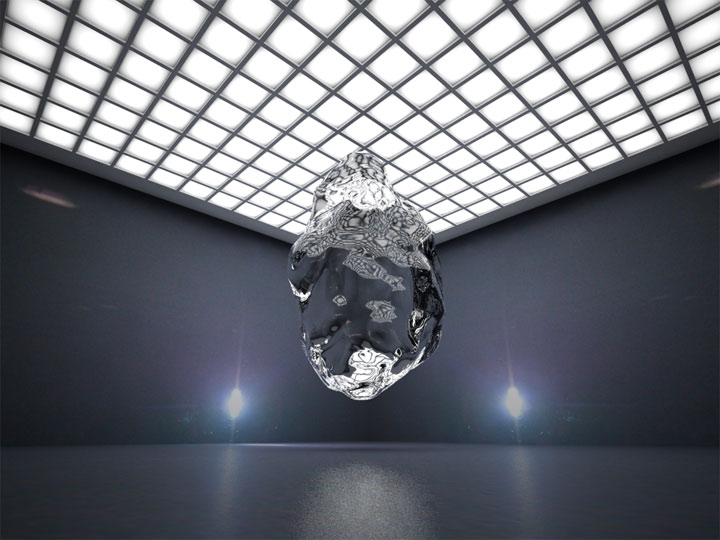
Kari Altmann
How to Hide Your Plasma (Handheld Icon Shapeshift for Liquid
Chrystal Display), 2011
4D Animation, Virtual Sculpture
http://karialtmann.com/
Carolyn Frischling
Simoom, 2016
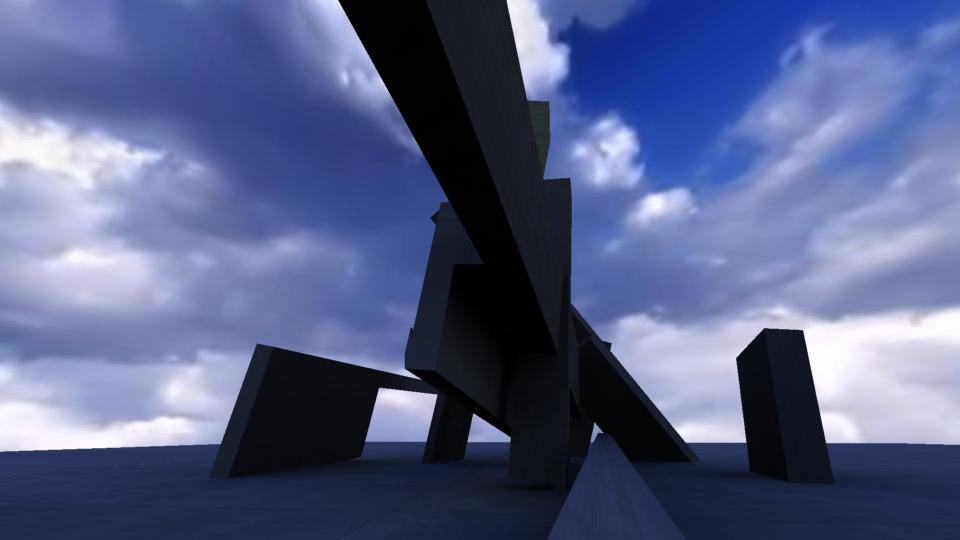
Spencer Hutchinson
Temple Kingdoms on the Other Side, October 2010
http://basarquitectos.tumblr.com/
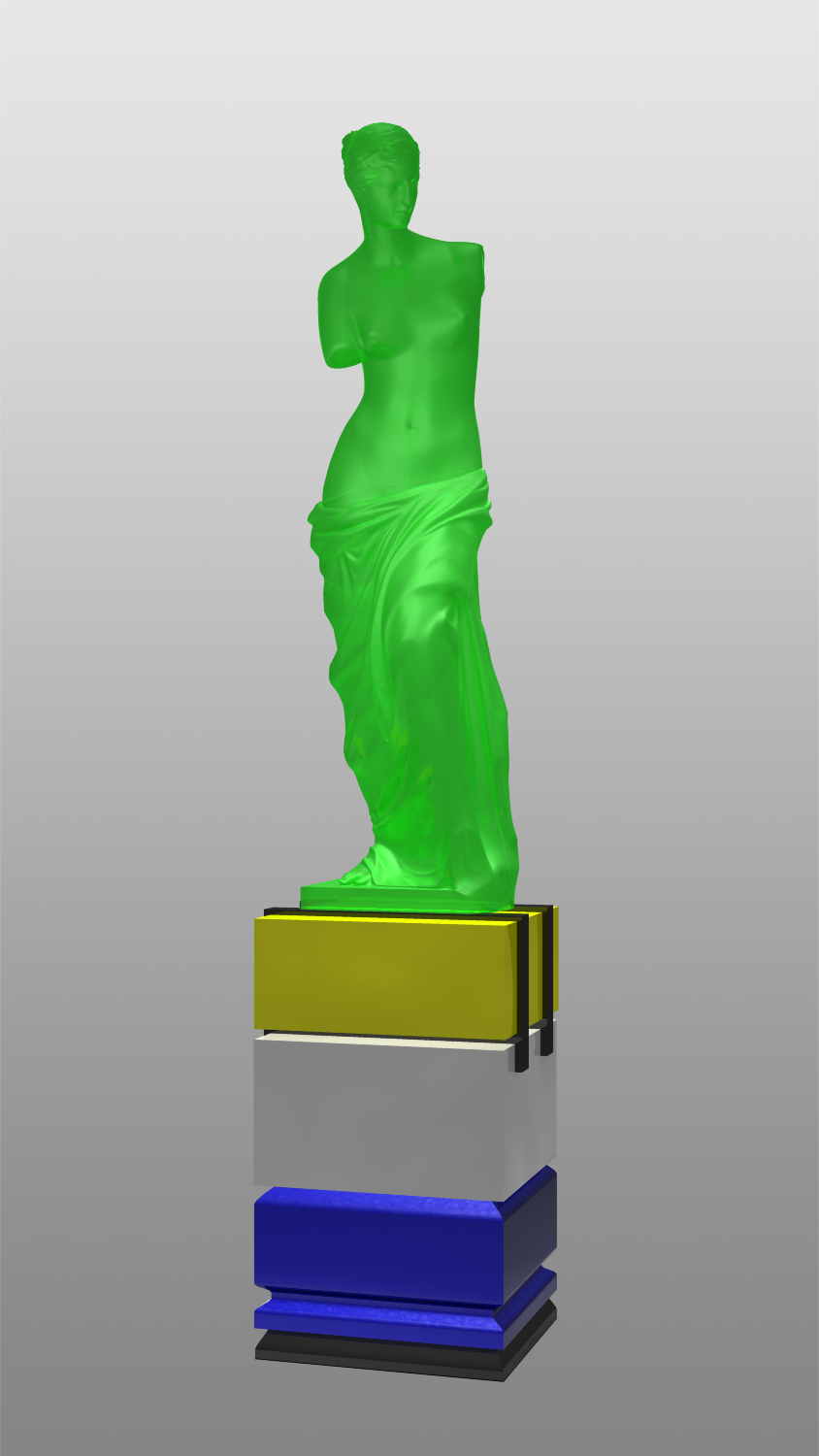
Brian Khek
Homer's Venus De Gummy, 2010
HD Video and stereo sound
http://briankhek.com/
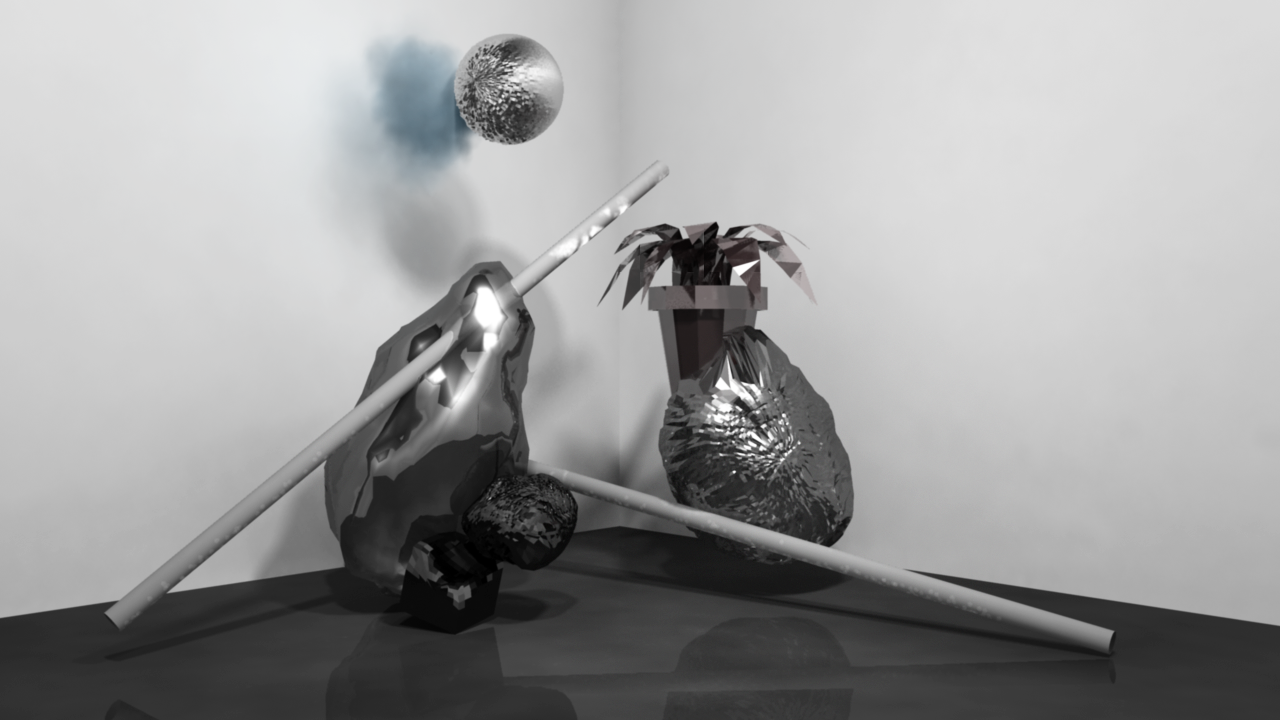
Lenox Lenox
TMRRW
http://lenox-lenox.us/
http://twincraft.tumblr.com/
A. Bill Miller
Untitled, 2014
untitled (fursuit05) animation by a. bill miller
Penumbra For June music by Bell Monks (music.bellmonks.com/) This track is available on the Bell Monks 2011 B-Sides album
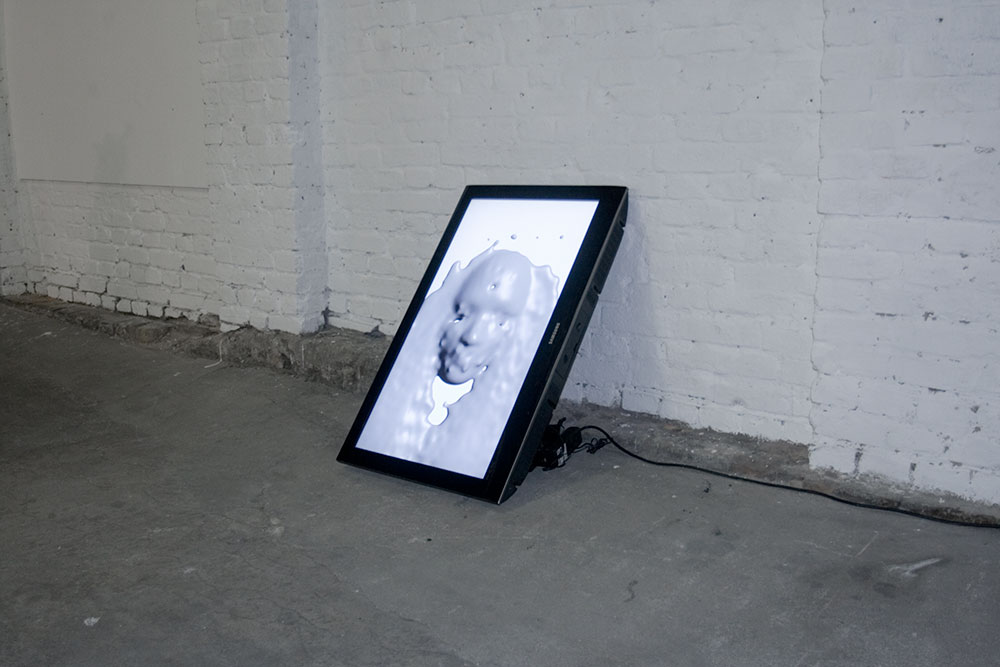
Tiumur Si-Qin
Real Flow, 2011
Video
http://timursiqin.com/
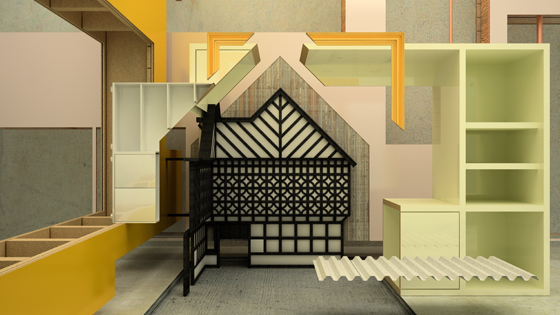
Zeitguised
Peripetics or The installation of an irreversible axis on a
dynamic timeline, 2008
HD video, stereo sound
Sound Design: Zeitguised with Michael Fakesch
http://www.zeitguised.com/























